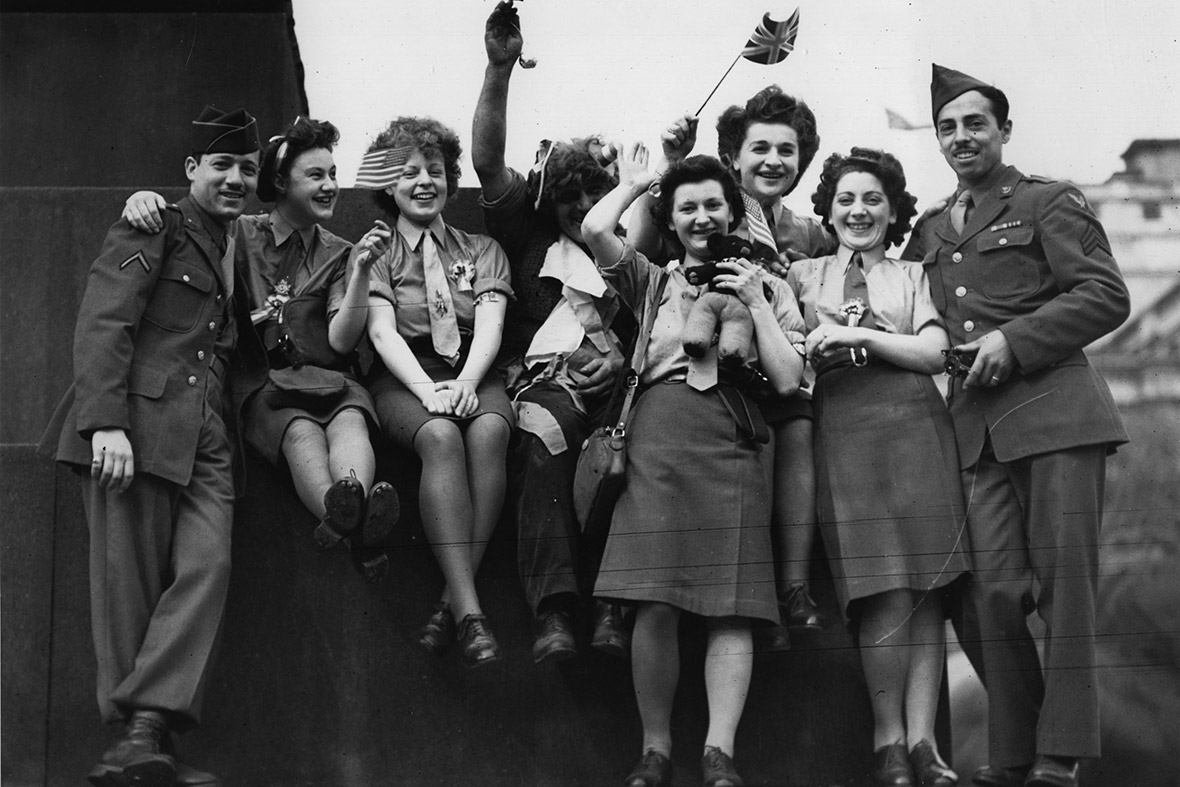

Supreme Headquarters Allied Expeditionary Force (SHAEF) reclassified all prisoners as Disarmed Enemy Forces, not POWs (prisoners of war). In early April, the first Allied-governed Rheinwiesenlager camps were established in western Germany to hold hundreds of thousands of captured or surrendered Axis Forces personnel. In the three to four months up to the end of April, over 800,000 German soldiers surrendered on the Eastern Front. April also witnessed the capture of at least 120,000 German troops by the Western Allies in the last campaign of the war in Italy. As late as June 1945, there were still 300 survivors at the camp who were too weak to be moved.Īllied forces begin to take large numbers of Axis prisoners: The total number of prisoners taken on the Western Front in April 1945 by the Western Allies was 1,500,000. There were also efforts to document the camp. It was in Auschwitz that I found out about the fate of the Jews."Īs soon as they arrived, the liberating forces, which contained the Polish Red Cross, helped survivors by organizing medical care and food Red Army hospitals cared for 4,500 survivors. I read about the Nazis' treatment of prisoners in various leaflets, but there was nothing about the Nazis' treatment of women, children, and old men. Red Army general Vasily Petrenko, commander of the 107th Infantry Division, remarked, "I, who saw people dying every day, was shocked by the Nazis' indescribable hatred toward the inmates who had turned into living skeletons. Soldiers who were used to death were shocked by the Nazis' treatment of prisoners. At Monowitz camp, there were about 800 survivors and the camp was liberated on 27 January by the Soviet 60th Army, part of the 1st Ukrainian Front. Red Army soldiers found 600 corpses, 370,000 men's suits, 837,000 articles of women's clothing, and seven tonnes (7.7 tons) of human hair. Most of those left behind were middle-aged adults or children younger than 15. After the death march away from the camp, the SS-Totenkopfverbände guards had left.Ībout 7,000 prisoners had been left behind, most of whom were seriously ill due to the effects of their imprisonment. For most of the survivors, there was no definite moment of liberation. Two hundred and thirty-one Red Army soldiers died in the fighting around Monowitz concentration camp, Birkenau, and Auschwitz I, as well as the towns of Oświęcim and Brzezinka.

Red Army soldiers from the 322nd Rifle Division liberated Auschwitz concentration camp on 27 January 1945 at 15:00. Main article: Timeline of the surrender of Axis forces at the end of World War II įinal events before the end of the war in Europe The last battles were fought as part of the Eastern Front which ended in the total surrender of all of Nazi Germany’s remaining armed forces such as in the Courland Pocket in western Latvia from Army Group Courland in the Baltics surrendering on and in Czechoslovakia during the Prague offensive on. After German dictator Adolf Hitler's suicide and handing over of power to Grand admiral Karl Dönitz in May of 1945, the Soviet troops conquered Berlin and accepted surrender of the Dönitz-led government. The final battles of the European Theatre of World War II continued after the definitive overall surrender of Nazi Germany to the Allies, signed by Field marshal Wilhelm Keitel on in Karlshorst, Berlin.


 0 kommentar(er)
0 kommentar(er)
